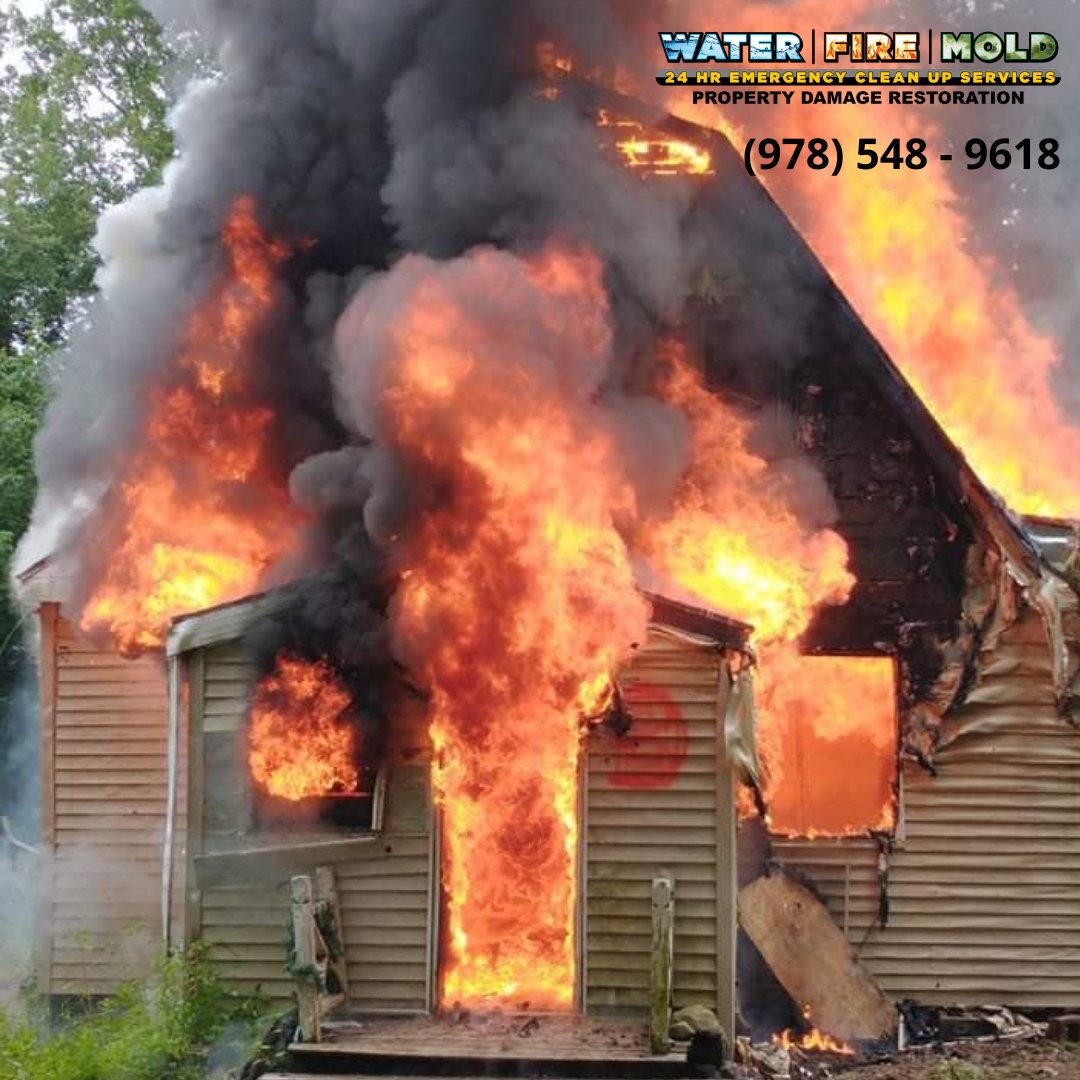Fascination About Dry Star Restoration
Fascination About Dry Star Restoration
Blog Article
The smart Trick of Dry Star Restoration That Nobody is Discussing
Table of ContentsThe 5-Second Trick For Dry Star RestorationThe Best Strategy To Use For Dry Star RestorationWhat Does Dry Star Restoration Do?An Unbiased View of Dry Star RestorationDry Star Restoration Things To Know Before You Buy
Especially in winter season, home heating units are an usual fire risk. Malfunctioning wiring or placing heating systems also close to combustible products like drapes can stir up a fire.
Products like motor oil or cleansing liquids can spark under particular problems. Constantly store these items appropriately and far from warm sources. fire damage restoration companies. Stats: According to the National Fire Security Organization, home chemicals are accountable for a noteworthy portion of home fires each year. By knowing these typical causes, you can take steps to make your home much safer.
Indicators on Dry Star Restoration You Should Know

Mold can trigger health issues and more damage to your residential property. Structural Weakening: Water can damage wood frameworks and create steel components to corrosion, making your home risky.
It's critical to resolve all these aspects to totally recover your home. Next off, we will certainly study the steps associated with the fire damages restoration procedure. Fire reconstruction is the procedure of cleaning, repairing, and bring back a residential property that has been damaged by fire. The goal is to return the residential or commercial property to its pre-loss condition, implying it looks and works as it did before the fire.
Some Known Facts About Dry Star Restoration.
Debris Removal and Demolition: Harmed products are safely eliminated, and any type of harmful substances like asbestos are taken care of properly. Fire damage includes a number of kinds of injury to a residential or commercial property: Physical Damage: This includes charring, smudging, and disintegration of materials straight impacted by the fire.
Water Damages: Water made use of to extinguish the fire can bring about architectural weakening and mold development if not properly managed. Fire reconstruction specialists make use of specialized methods and equipment to attend to all these sorts of damage, making certain the property is risk-free and livable once more. Next, we will certainly dive right into the steps associated with the fire damage reconstruction process.
From cutting edge water extraction devices to specialized tools for smoke and soot elimination, we have the sources needed to restore your residential or commercial property to its pre-loss problem. Our strategies are designed to be complete and effective, decreasing additional damage and accelerating the recuperation procedure. Our team is composed of certified professionals that are experts in fire damage remediation.
Dry Star Restoration Can Be Fun For Everyone
Their proficiency ensures that every task is done right, giving you with assurance during a challenging time. If you require fire damage reconstruction services, do not think twice to contact us. We're here to assist you recover your home and your life after the fire. Last modified on 15th of July 2024.
(https://justpaste.it/bnyc5)If there's a fire, smoke makes certain to follow. While the fire's smoke is made up of elements that make your home dangerous to be in, the damage smoke leaves does not quit there. Smoke will certainly drift to seemingly every part of your home, sticking to furnishings, decoration, drapes, walls, ceilings, floors, and more.
The water will soak right into the charred materials and spread out to various other areas of the home untouched by the fire. If left untreated or missed throughout fire damages repair, the water damages will just get worse with time and can result in mold development, safety and security problems for your home's structure, and unattractive appearances around your space, consisting of distorted flooring, peeling off paint, and visible discolorations.
The 4-Minute Rule for Dry Star Restoration
Water mitigation is typically the initial action of the fire, smoke, and water damages repair procedure after a damage control has been completed. This resolves the water damage head-on and consists of steps to prevent further issues for your area prior to, during, and after repair. Inspection and damages assessment to analyze the level of water damageIsolation of water damages to impacted locations to prohibit water from spreading to dry areasInspection of your home's foundation for architectural stabilityExtraction of any standing water from the propertyStructural drying with commercial-grade equipmentSite cleanup that will certainly clear away debris, pack out salvageable material for restoration, and make way for restoration servicesWe'll likewise complete extra damages reduction by boarding up broken doors and windows, applying tarpaulins to holes in roofing systems, and finishing other actions to prevent added damages and hazards to your home while the repairs are occurring.
Most terms and summaries utilized by water and fire damages remediation specialists are rather self-explanatory. The listing of terms listed below should be of help when you're communicating with the business you've employed. Any kind of action taken to protect against the growth and dispersing of fungus, mold, mildew, and spores. This can include making use of solvents or chemicals as additives or barriers on building Going Here materials to prevent fungus growth.
Report this page